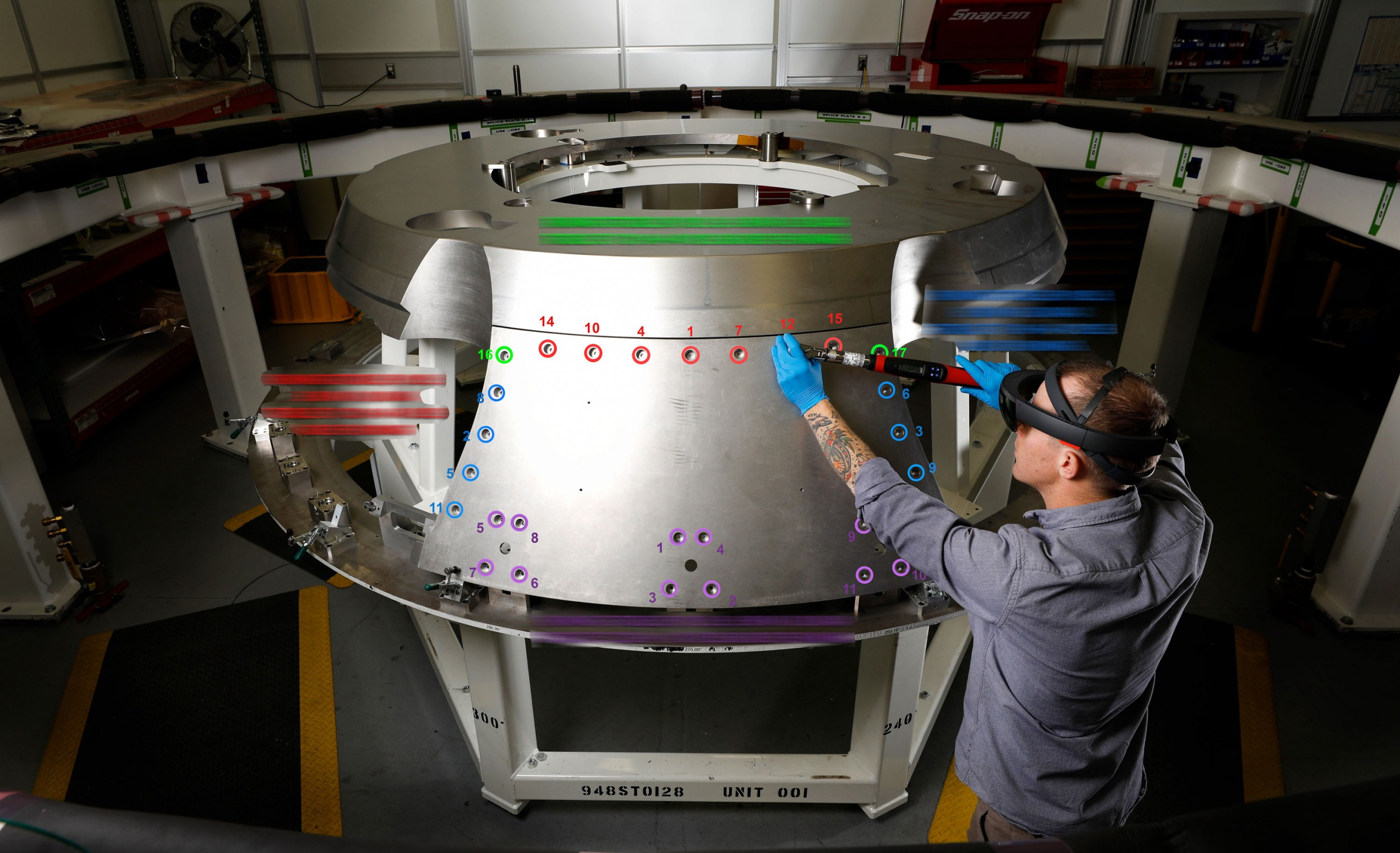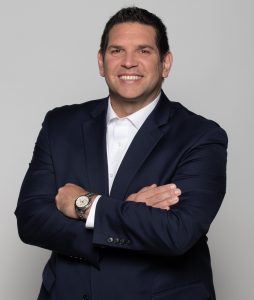Sep 19, 2019 | News & Insights
A colleague sent me this IHE article about Arizona State University shutting down its Global Freshman Academy. He suggested here was another example of an educational innovation that turned out to be a dud. But was it?
Whether it is really a dud depends on what you are looking for them to accomplish.
I would agree that as a way to pull in a segment of the population that traditionally would not have gone to college, yes, it was a dud. I think that at the core it was a problem of misalignment. They wanted to be an open access institution for the Global Freshman Academy (GFA) but a selective institution when these students wanted to transfer to ASU. That failed.
But several things did not fail.
They developed twenty general college courses that were initially for GFA but were migrated to their traditional college campus. The allure of the GFA brought many funders – Starbucks, McGraw Hill, the Bill & Melinda Gates Foundation, to name a few. By in large, these funders paid for the (very expensive) costs of the courses used in the GFA. Many of these courses pushed the envelope in regards to quality online education. So, while as the article states, only a few of them are still being used in the GFA, they are being used on the traditional ASU campus (saving millions of development costs to ASU).
They recently launched ASU local where they are creating placed-based online education. They have opened campuses in downtown LA and Washington, D.C. They are leveraging the GFA courses.
Like most successful innovators, they are willing to go out on a limb and try many risky initiatives. Most fail but if one or two hit… This gives them significate earned media in the press resulting in such things as being called the most innovative university by U.S. News and World Report. It also brings in additional funding as well as students for their traditional campus.
So yes, for its stated purpose it was a dud. However, with ASU President Michael Crow you always have to look at second and third-tier effects. On that standard, he has created twenty courses (with other peoples’ money), significant buzz in the academic press and learned some things that can be used to be even more successful in the future.
If only we failed as well as ASU?
Sep 19, 2019 | News & Insights

In my May 2018 presentation to the BOG I spoke about the growing influence, partnership and strategic threat of companies like Amazon, Facebook and Google.
Over the past six months, there has been a significant uptick in these scenarios.
Here is the latest:
https://www.educationdive.com/news/amazon-web-services-continues-cloud-curriculum-expansion/563012/
“AWS sees them as “a flywheel for the changing face of education,” the company’s director of worldwide education programs, Ken Eisner, told Education Dive in July. At that time, the company announced it was partnering with Northern Virginia Community College (NOVA) and the Marine Corps to embed its cloud platform in military data intelligence training. The courses will also count toward an associate degree at the two-year institution.”
“That news followed shortly after AWS and NOVA announced a partnership with George Mason University in Virginia that allows students to transfer into a four-year cloud computing degree after completing a specialization. AWS has partnered or plans to partner with public colleges in Florida, Louisiana, New York and Ohio on cloud curriculum.”
“It’s not the only tech company teaming up with colleges. Google and Facebook are also working with higher ed to offer certificates and other training programs that teach people how to use their software.”
Are any of the Universities in the UNC System partnering with any of these organizations?
Sep 19, 2019 | News & Insights
Two recent articles illustrate how augmented reality is becoming a reality in complex manufacturing scenarios. Many examples are also showing up in engineering, construction, medicine, and even retail sales environments. It is likely that few places in the future modern workplace will not be in some way supported by augmented reality.
The questions for us include what are we doing to prepare students for these environments when they graduate and how can we use augmented reality in our universities to improve student success?
https://www.onmsft.com/news/nasa-is-using-hololens-to-build-new-orion-spacecraft?sfns=mo
https://www.technologyreview.com/s/612247/nasa-is-using-hololens-ar-headsets-to-build-its-new-spacecraft-faster/

In the headset, the workers can see holograms displaying models that are created through engineering design software from Scope AR. Models of parts and labels are overlaid on already assembled pieces of spacecraft. Information like torquing instructions—how to twist things—can be displayed right on top of the holes to which they are relevant, and workers can see what the finished product will look like.
The virtual models around the workers are even color-coded to the role of the person using the headset. For Jory’s team, which is currently constructing the heat shield skeleton of Orion, the new technology takes the place of a 1,500-page binder full of written work instructions.
Jul 23, 2019 | Campus Spotlight, News & Insights
Dear UNC Digital Learning Community,
I would like to thank Michelle Soler for her commitment and dedication to the Quality Matters (QM) initiative and community over the past several years. Michelle has helped to lay the important ground work for the System’s continued success in adopting QM. Thank you Michelle.
 John Falchi, Director of Special Projects, will be taking on this important work going forward as it is moved under the Digital Learning Initiative at the System Office. I have asked John to work closely with the community and help us to increase QM’s sustainability, scale and affordability across our universities. While QM is important now, it will only increase as we grow our online presence in the future.
John Falchi, Director of Special Projects, will be taking on this important work going forward as it is moved under the Digital Learning Initiative at the System Office. I have asked John to work closely with the community and help us to increase QM’s sustainability, scale and affordability across our universities. While QM is important now, it will only increase as we grow our online presence in the future.
Please reach out to John if you any suggestions concerning Quality Matters or wish to play an active role in creating its continued success.
Thank you for all your contributions to the success of Quality Matters at your university.
I hope you are having a great summer!
Jim
James Garner Ptaszynski, Ph.D.
Vice President, Digital Learning
Division of Academic Affairs
910 Raleigh Road | Chapel Hill, NC 27514
jimp@northcarolina.edu



 John Falchi, Director of Special Projects, will be taking on this important work going forward as it is moved under the Digital Learning Initiative at the System Office. I have asked John to work closely with the community and help us to increase QM’s sustainability, scale and affordability across our universities. While QM is important now, it will only increase as we grow our online presence in the future.
John Falchi, Director of Special Projects, will be taking on this important work going forward as it is moved under the Digital Learning Initiative at the System Office. I have asked John to work closely with the community and help us to increase QM’s sustainability, scale and affordability across our universities. While QM is important now, it will only increase as we grow our online presence in the future.